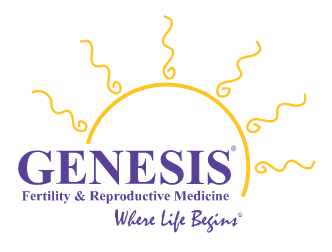The Possible Causes of Secondary Infertility
Causes of secondary infertility vary, but there are a number of factors that may be at play.
Advanced reproductive age
The woman’s age is one of the most common reasons for secondary infertility. Although a woman like Claire may have had no problem getting pregnant a few years ago, those interim years can change things. It is critical to understand that a woman is born with all of the eggs she will ever have. As a woman ages, her ovarian reserve will diminish. This means that her egg quantity and egg quality will decrease, while the chance of miscarriage increases. This is true whether or not she conceived easily in the past.
Structural complications
Some other important factors relate to the structures in the pelvis which includes the fallopian tubes. Pelvic adhesions – which may be caused by endometriosis or prior abdominal surgeries – may make it difficult for the egg to be picked up by the fallopian tube. Without a connection that functions normally, pregnancy cannot result. In addition, if there were complications that developed during a prior delivery and a uterine infection resulted, she may have developed Asherman’s syndrome (intrauterine adhesions) or adhesions that develop around the fallopian tube.
Sperm quality and quantity
The third category to consider is the sperm. Just as a woman’s fertility can change with time, so can a man’s. Changes in sperm quality and quantity may occur due to changes in health or new medications. A semen analysis is one of the basic aspects of the initial infertility evaluation.
Weight gain
Weight can have a huge impact on the ability to conceive. Excessive weight gain can contribute to ovulatory dysfunction. With increased weight, insulin resistance can increase as well which leads to elevated production of testosterone from the ovaries, a phenomenon that can further prevent normal ovulation. In men, excessive weight can also negatively affect sperm production by increasing estrogen levels.
Smoking
Cigarette smoking in both the male and female can significantly impair the ability to conceive. And, smoking can seriously impact a woman’s ability to carry a normal pregnancy.


